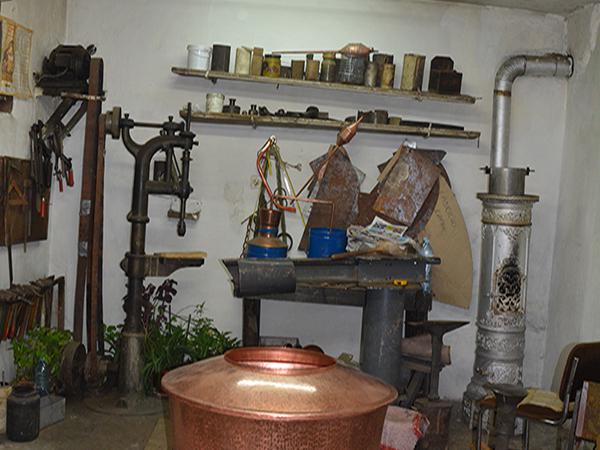This is one of the most ancient crafts in Serbia, dating back more than five centuries. Products in this tradition include coppersmith’s vessels and other copper items. The word kazan (meaning: caldron) is of Turkish origin. It is believed copper vessels were first produced. The craft reached its peak in the ancient civilizations of India and Persia, where mines abundant in copper existed Copper vessels were widely used in urban and rural areas. Given its solidness and durability such vessels enabled heating and preparation of food on the open hearth. The guild of coppersmith was the first craft association which gave opportunity to these craftspeople to trade copper, tin and other coppersmith products.
The Serbian towns Pirot, Nis and Prizren were once big coppersmith centers. Today copper products can still be found in Valjevo, Belgrade, Novi Sad, Leskovac and Vranje. In the coppersmith’s workshop there are various utensils, for instance mallets, anvils, tongs, files, bellows and so on. Copper was supplied in its raw material state and melted in stoves. After that, workers stretched the copper with heavy mallets into the plates. This craft shared the same destiny of the majority of other traditional crafts in Serbia. Once upon a time this highly estimated craft died out with the pace of industrialization in the second half of XX century. Today the remaining coppersmiths produce vessels for refining brandy, vessels for melting lard and stewing linen and clothes, sprinklers for vineyards, and kettles, among other things.
It seems that this craft will survive as long as there is domestic production of brandy in Serbia.






